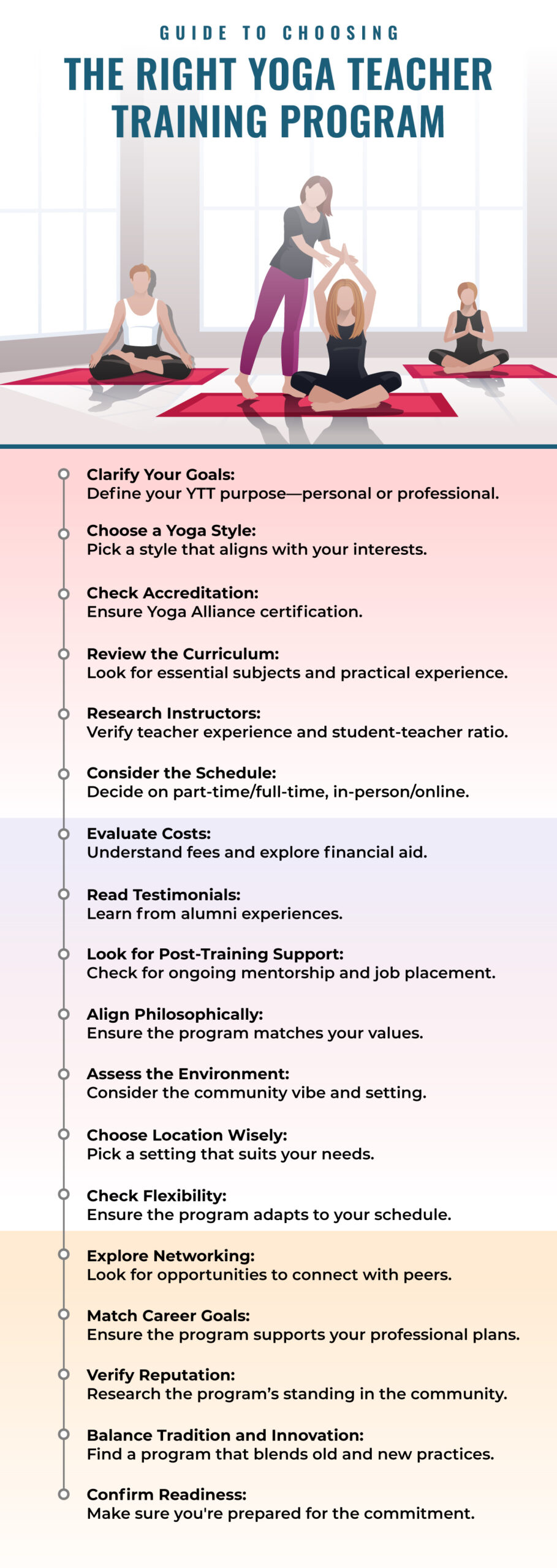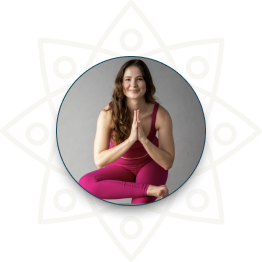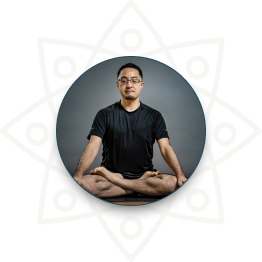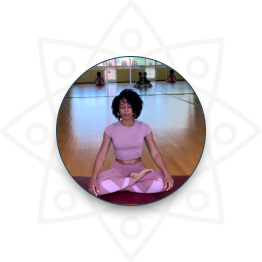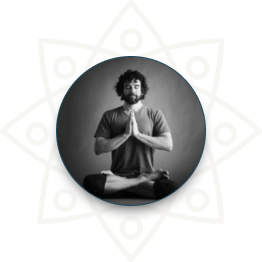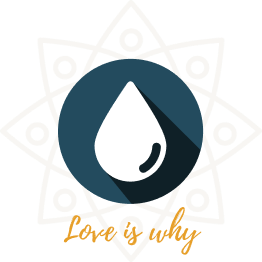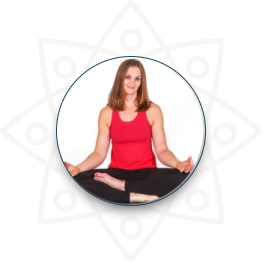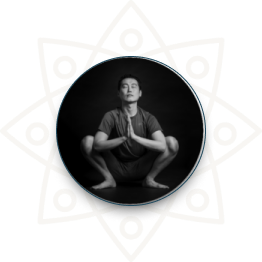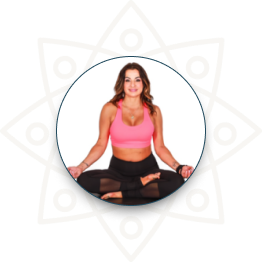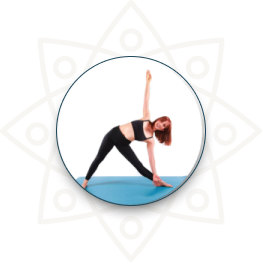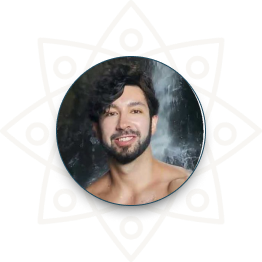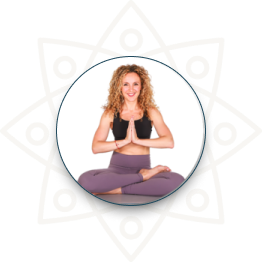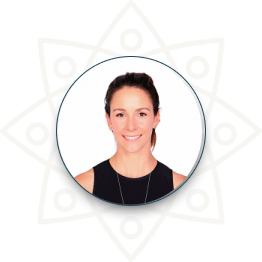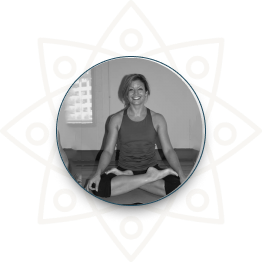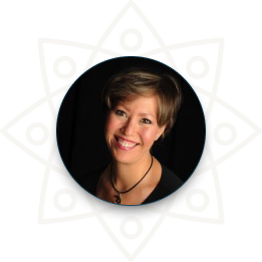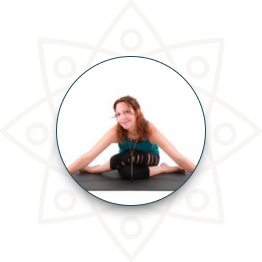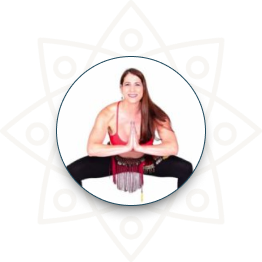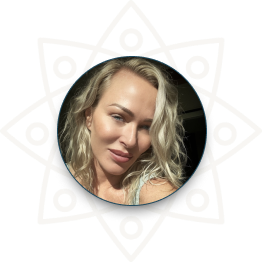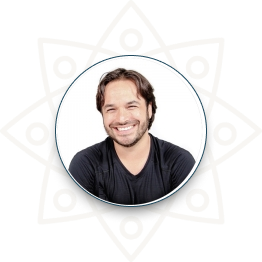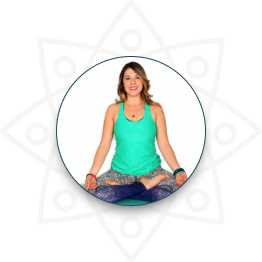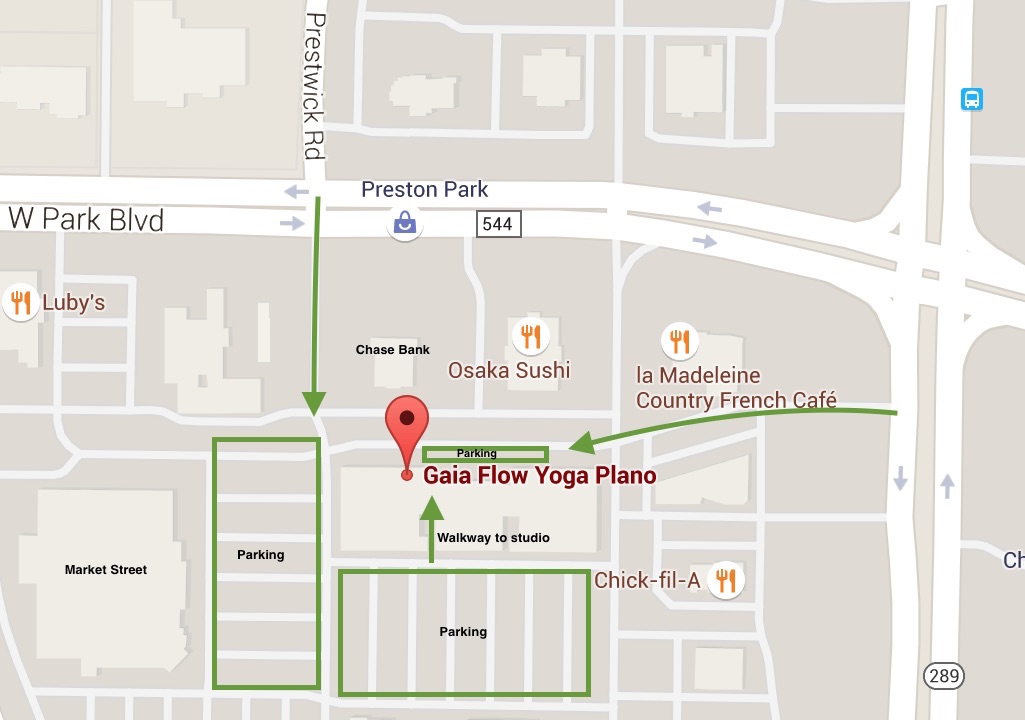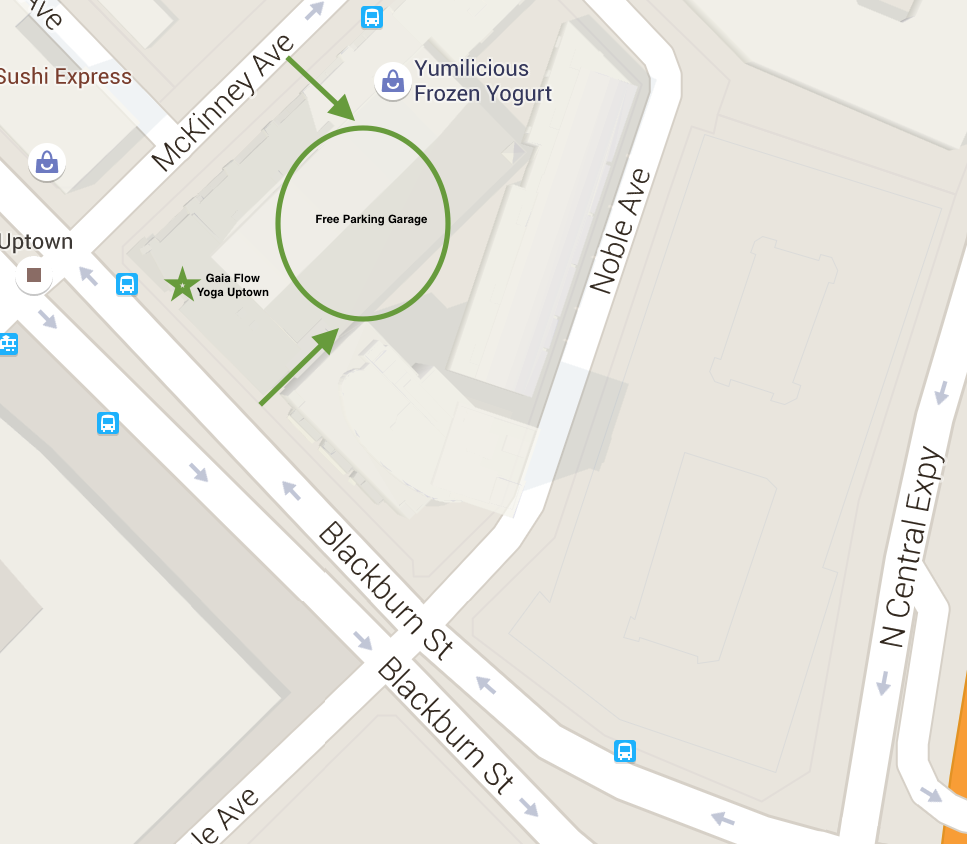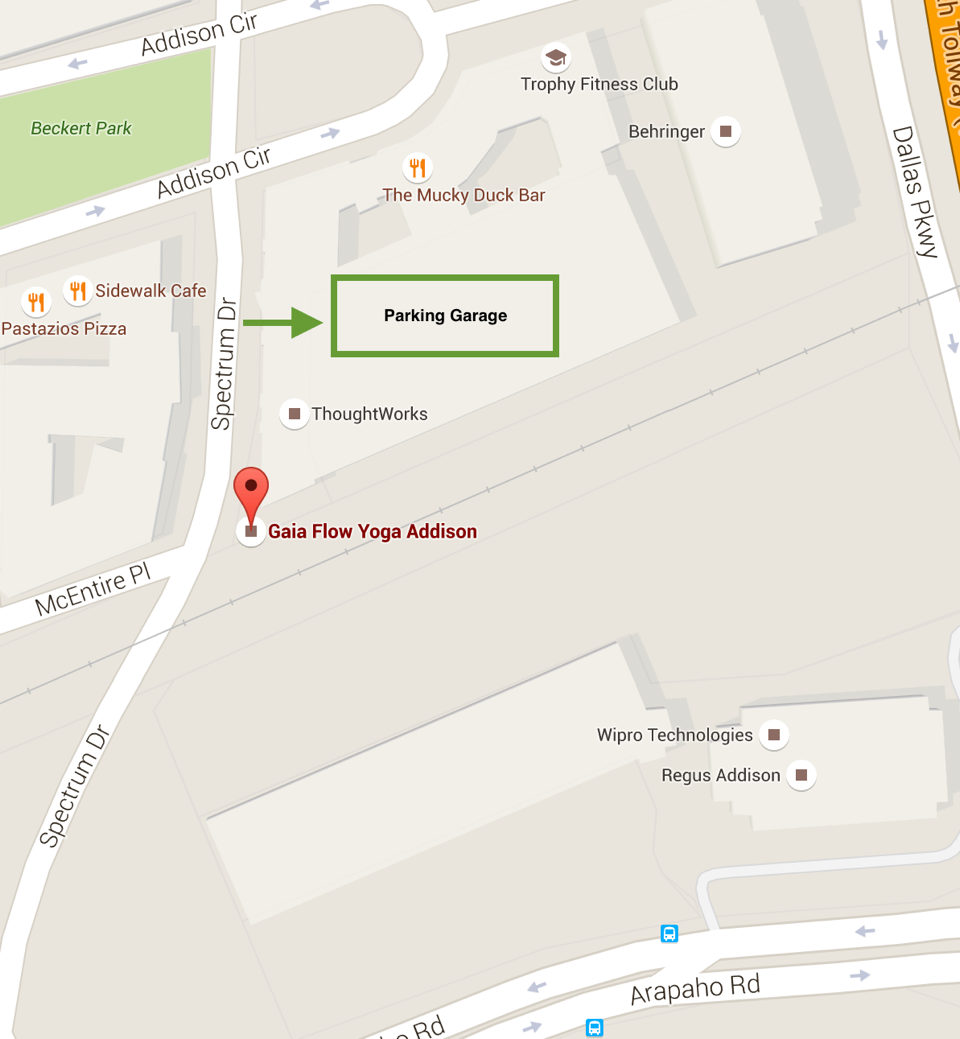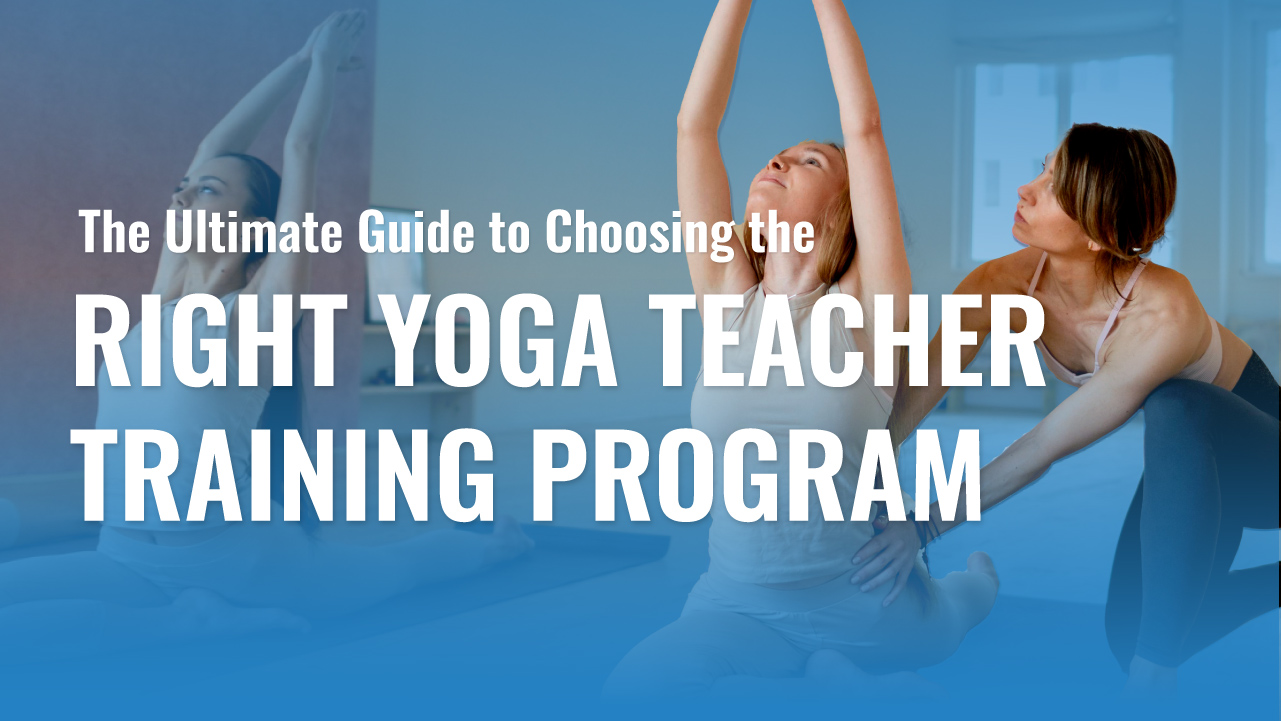
In a world where yoga has become a sanctuary for many, the desire to deepen your practice and share its transformative power with others is a natural progression. But with countless yoga teacher training programs available, how do you choose the one that’s right for you? This ultimate guide is here to help you navigate the journey, offering insights and tips to ensure you find a program that aligns with your goals, values, and aspirations. Whether you’re looking to elevate your practice or embark on a fulfilling teaching career, the right training program can be the key to unlocking your potential.
Understanding Your Goals and Intentions
Before diving into the world of yoga teacher training, it’s essential to reflect on why you’re considering this path. Are you seeking to deepen your personal practice, or are you motivated by the aspiration to teach and share yoga with others? For some, the journey is about enhancing physical fitness, while others are drawn to the spiritual and holistic aspects of yoga. Understanding your primary motivation will help you choose a program that aligns with your true intentions.
- Personal Practice Enhancement: If your goal is to deepen your own practice, you’ll want to look for a program that offers in-depth study of yoga philosophy, anatomy, and advanced asanas.
- Teaching Aspirations: If you aspire to teach, it’s crucial to select a program that provides robust training in teaching methodology, class sequencing, and effective communication.
- Spiritual Growth: For those seeking spiritual enrichment, a program that emphasizes meditation, mindfulness, and the deeper philosophical aspects of yoga will be more fulfilling.
- Physical Fitness or Holistic Wellness: If your focus is on physical fitness or overall wellness, look for a program that balances rigorous asana practice with knowledge on nutrition, lifestyle, and holistic health.
Setting Clear Objectives
Once you’ve identified your reasons for pursuing yoga teacher training program, it’s time to set clear objectives. What do you hope to gain from the program? Are you looking to refine your technique, develop a teaching style, or connect with a like-minded community? Setting specific goals will not only help you choose the right program but also keep you motivated throughout the training.
- Short-term Objectives: Consider what you want to achieve during the program itself. This could include mastering certain poses, gaining confidence in teaching, or deepening your understanding of yoga’s principles.
- Long-term Goals: Think about where you see your yoga journey taking you in the future. Do you envision teaching full-time, opening your own studio, or incorporating yoga into another career path? Having a clear vision will guide your choices and keep you aligned with your broader aspirations.
By understanding your goals and setting clear objectives, you’ll be better equipped to choose a yoga teacher training program that resonates with your personal journey and supports your growth as both a practitioner and a teacher.
Accreditation and Certification
When selecting a yoga teacher training program, one of the key factors to consider is whether the program is accredited by the Yoga Alliance. Yoga Alliance is a globally recognized organization that sets the standards for yoga teacher training programs, ensuring they meet specific criteria for quality and consistency.
What Yoga Alliance Accreditation Means? A program accredited by Yoga Alliance adheres to a standardized curriculum that covers essential aspects of yoga practice, including anatomy, teaching methodology, philosophy, and ethics. This accreditation serves as a mark of quality, assuring you that the training you receive is comprehensive and meets the established guidelines.
Ensuring the Program Meets International Standards:
Yoga Alliance accreditation is not only a sign of quality but also ensures that your certification will be recognized internationally. Whether you plan to teach locally or abroad, graduating from a Yoga Alliance-accredited program provides credibility and increases your chances of securing teaching opportunities in various settings, from studios to retreats and beyond.
Understanding Different Levels of Certification
Yoga teacher training programs come in different levels, most commonly 200-hour, 300-hour, and 500-hour certifications. Each level corresponds to a different depth of study and expertise.
- 200-Hour Certification: The 200-hour program is the foundational level and is the minimum requirement to become a registered yoga teacher (RYT). It provides a solid grounding in the basics of yoga, including asanas, anatomy, teaching techniques, and yoga philosophy. This program is ideal for those new to teaching or those looking to deepen their personal practice.
- 300-Hour Certification: The 300-hour program is an advanced training that builds upon the 200-hour certification. It delves deeper into specialized areas such as advanced anatomy, sequencing, and therapeutic yoga. This level is suitable for teachers who want to expand their knowledge, refine their teaching skills, and offer more nuanced instruction to their students.
- 500-Hour Certification: The 500-hour certification combines both the 200-hour and 300-hour programs, offering the most comprehensive training. It covers all aspects of yoga practice and teaching in great detail, preparing you for a wide range of teaching opportunities, including leading workshops, retreats, and advanced classes.
How to Decide Which Level is Right for You?
Choosing the right certification level depends on your goals and experience. If you’re just starting your teaching journey or want to focus on your personal practice, the 200-hour program may be sufficient. However, if you’re looking to specialize, advance your teaching career, or take on leadership roles within the yoga community, a 300-hour or 500-hour certification would be more appropriate. Consider your long-term aspirations and the type of teaching you envision when deciding which level of training is right for you.
Evaluating the Curriculum
When choosing a yoga teacher training program, the curriculum is a critical factor to assess. A well-rounded program should cover key components that equip you with the knowledge and skills necessary to teach yoga effectively.
Key Components to Look For:
- Anatomy and Physiology: Understanding the human body, its mechanics, and how yoga affects it is essential for safe and effective teaching.
- Teaching Methodology: This includes class sequencing, cueing, and the art of guiding students through a yoga practice.
- Philosophy: Delving into the philosophical roots of yoga, including texts like the Yoga Sutras, helps ground your teaching in tradition.
- Ethics: Learning the ethical guidelines for yoga teachers ensures that you conduct your classes with integrity and respect.
- Practical Teaching: Hands-on experience in teaching allows you to apply what you’ve learned in real-world settings.
A balanced YTT program will integrate both theory and practice. While theoretical knowledge is important, hands-on experience is crucial for building confidence and proficiency. Look for programs that dedicate ample time to practicum, including teaching peers and receiving constructive feedback. The right balance will ensure you not only understand the principles of yoga but also feel prepared to lead classes with competence and compassion.
Faculty and Teacher Experience
The quality of your yoga teacher training experience is greatly influenced by the faculty leading the program. It’s essential to research the backgrounds of the instructors to ensure they align with your learning needs and goals.
Researching Instructors’ Backgrounds:
- Experience: Look for instructors with extensive teaching experience and a strong understanding of yoga practice and philosophy. Their expertise can provide valuable insights and deepen your knowledge.
- Teaching Style: Consider whether the instructors’ teaching styles resonate with you. Some may focus on alignment and anatomy, while others might emphasize the spiritual or meditative aspects of yoga.
- Lineage: Understanding the lineage or tradition from which the instructors come can also offer insights into their approach and the depth of their practice.
Seasoned teachers bring a wealth of knowledge, practical tips, and real-world experience that can greatly enhance your learning. They can guide you through complex concepts and offer personalized feedback, helping you grow both as a practitioner
The student-teacher ratio is another important factor to consider. Smaller class sizes typically allow for more personalized attention, enabling instructors to provide detailed feedback and support your individual growth. In larger classes, it may be challenging to get the one-on-one guidance needed to refine your skills and build confidence. Evaluating the student-teacher ratio can help you choose a program that aligns with your learning preferences and ensures a supportive environment.
Cost and Financial Considerations
Investing in a yoga teacher training program is a significant commitment, so it’s essential to understand the costs involved. Tuition fees can vary widely depending on the program’s location, duration, and reputation. In addition to tuition, consider expenses for materials, travel, and accommodation if applicable. Many programs offer payment plans, scholarships, or financial aid options to help manage costs. Weighing the financial investment against the value of the education and potential career opportunities can guide you in making a decision that aligns with your budget and goals.
Alumni Testimonials and Success Stories
Hearing from alumni who have completed the program can provide valuable insights into what you can expect. Testimonials and success stories offer a glimpse into the experiences of past students and how the training has impacted their personal practice or teaching careers. Connecting with alumni can also help you gauge the program’s reputation and the quality of education offered. Positive feedback and inspiring success stories can be strong indicators that a program provides the support and knowledge you need to succeed in your yoga journey.
Post-Training Support and Opportunities
What happens after the training is just as important as the training itself. Look for programs that offer post-training support, such as continuing education opportunities, mentorship, and access to a community of fellow graduates. Some programs may also provide assistance with job placement, helping you find teaching opportunities or start your own yoga classes. A strong support network can be invaluable as you transition from student to teacher, ensuring you have the resources and guidance needed to thrive in your new role.
Choosing the right yoga teacher training program is a deeply personal journey that requires thoughtful consideration of your goals, values, and aspirations. By understanding your reasons for pursuing yoga teacher training, researching different styles and certifications, and evaluating the curriculum and faculty, you can find a program that aligns with your unique path. Financial considerations and post-training support are also crucial factors to ensure that your investment pays off both personally and professionally. Remember, the right program will not only deepen your practice but also empower you to share the transformative power of yoga with others. Trust your intuition, do your research, and embrace the journey—your perfect yoga teacher training program is out there, waiting to guide you toward your future as a skilled and confident yoga teacher.
